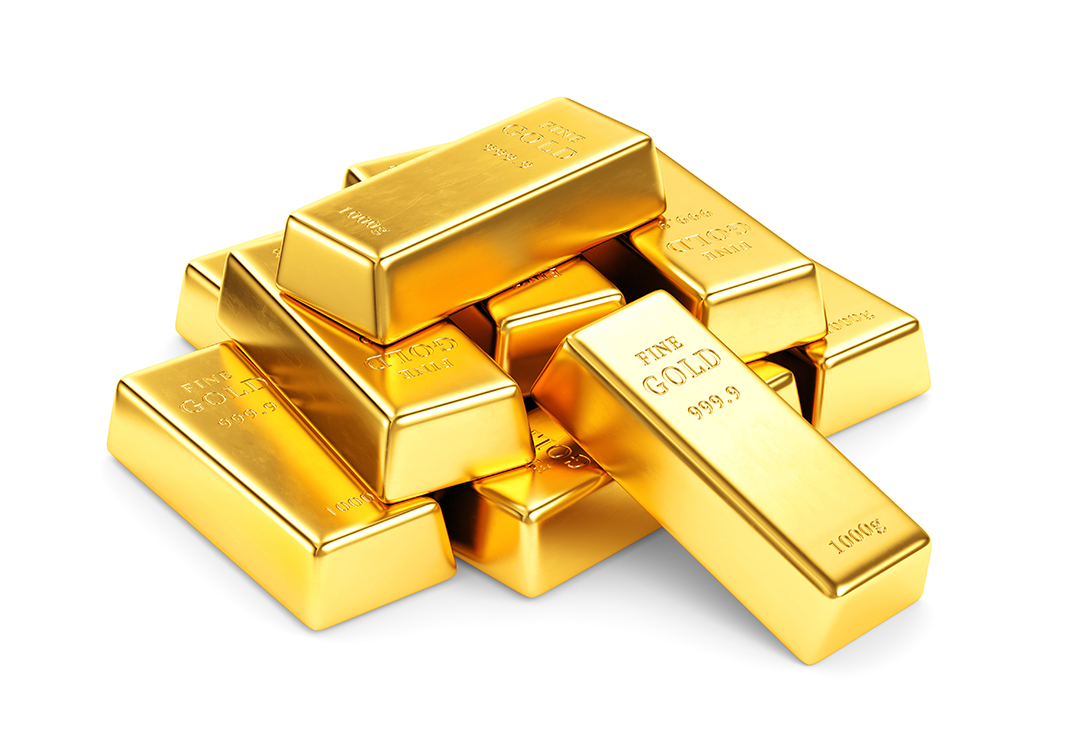This website is for educational and entertainment purposes, and need to not be interpreted as individual financial investment advice. Please look for out a qualified monetary coordinator if you require advice customized to your special situation. Instead of running ads on this website, I get affiliate commissions for advising certain product and services.
Gold and silver have been recognized as important metals and have actually been coveted for a long period of time. Even today, precious metals have their location in a smart investor's portfolio. However which rare-earth element is best for financial investment functions? And why are they so unstable? There are lots of ways to purchase into rare-earth elements like gold, silver, and platinum, and a host of great factors why you should succumb to the treasure hunt.

Secret Takeaways Rare-earth elements are believed to be a great portfolio diversifier and hedge versus inflation - but gold, perhaps the most well-known such metal, is not the only one out there for investors. Silver, platinum, and palladium are all commodities that can be included to your rare-earth elements portfolio, and each has its own distinct dangers and chances.
Gold We'll begin with the grand-daddy of them all: gold. Gold is unique for its sturdiness (it does not rust or corrode), malleability, and capability to carry out both heat and electrical power. It has some commercial applications in dentistry and electronic devices, but we understand it principally as a base for precious jewelry and as a form of currency.
This is because the new mine supply is vastly outweighed by the large size of above-ground, hoarded gold. To put it simply, when hoarders feel like selling, the rate drops.
Inflation: When genuine rates of return in the equity, bond, or property markets are unfavorable, people frequently flock to gold as an asset that will keep its worth. War or political crises: War and political turmoil have always sent out people into a gold-hoarding mode. A whole life time's worth of savings can be made portable and kept up until it needs to be traded for foods items, shelter, or safe passage to a less hazardous location.